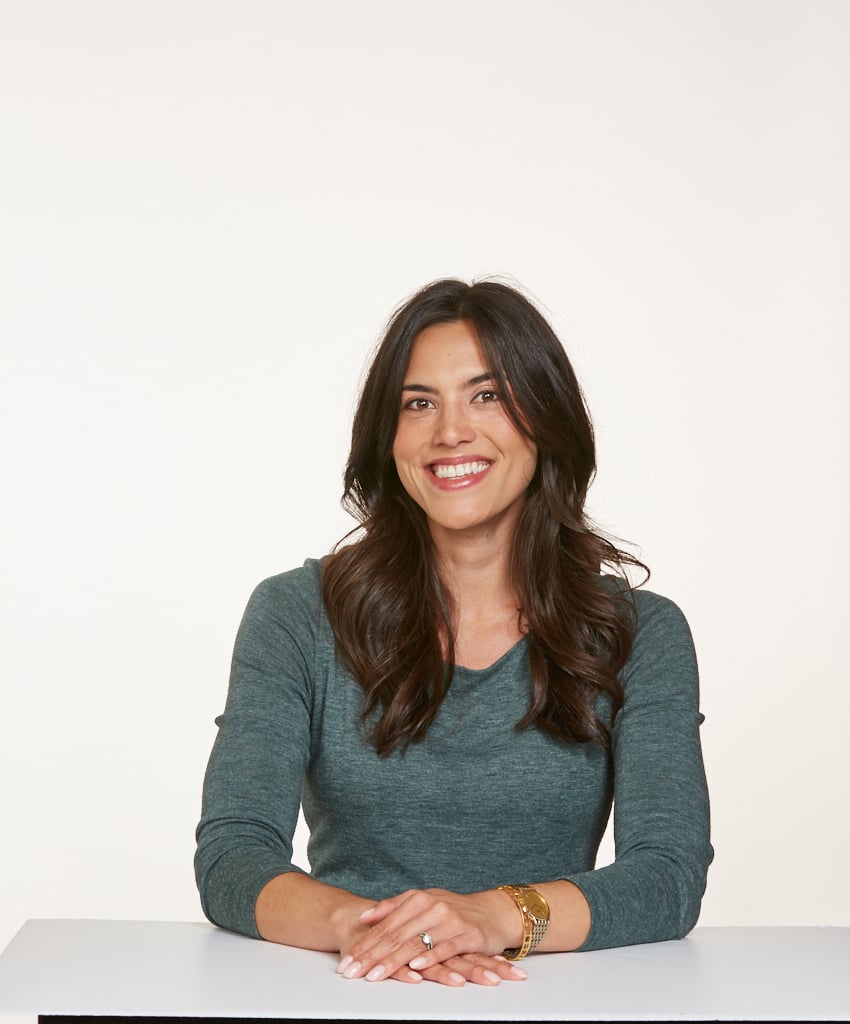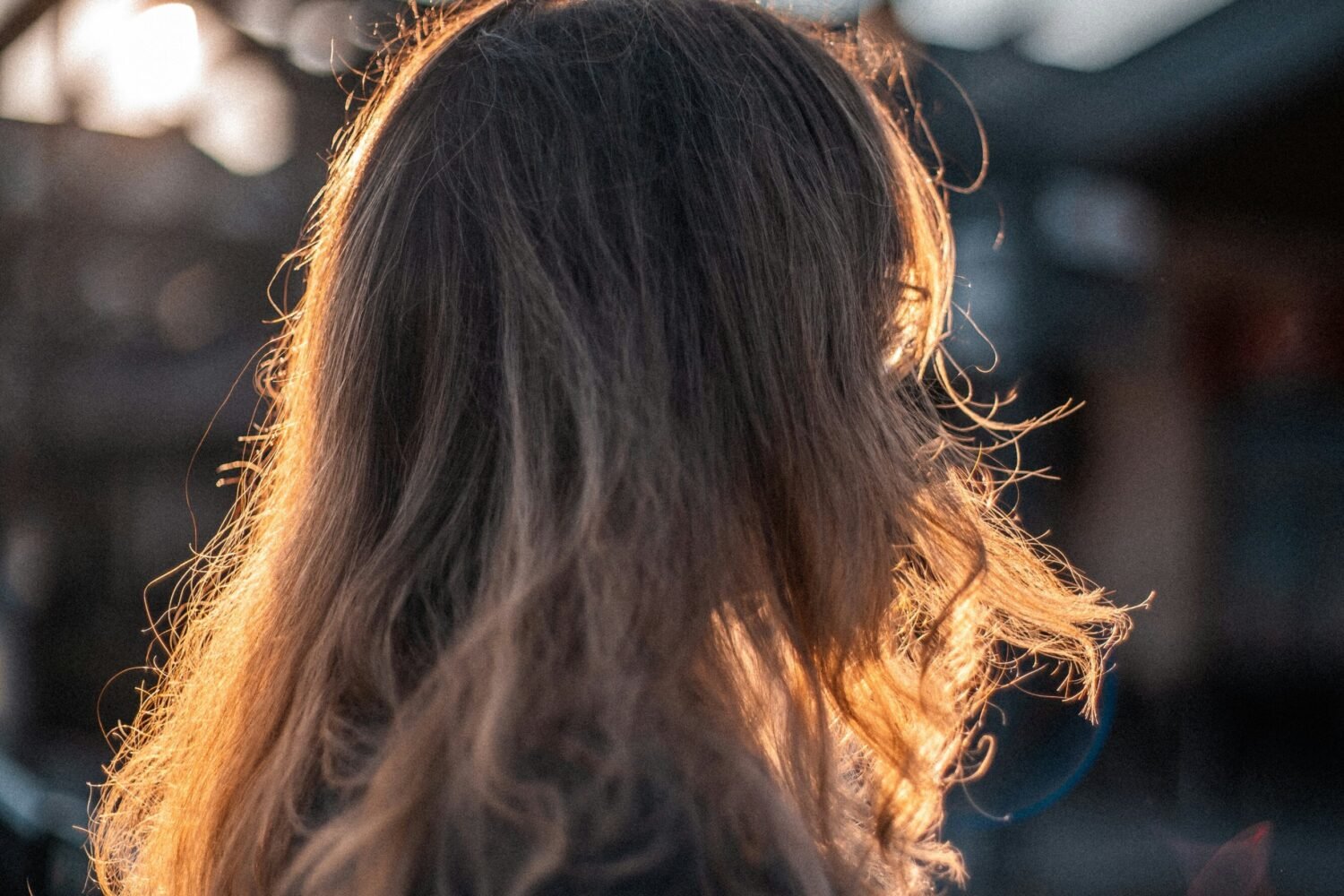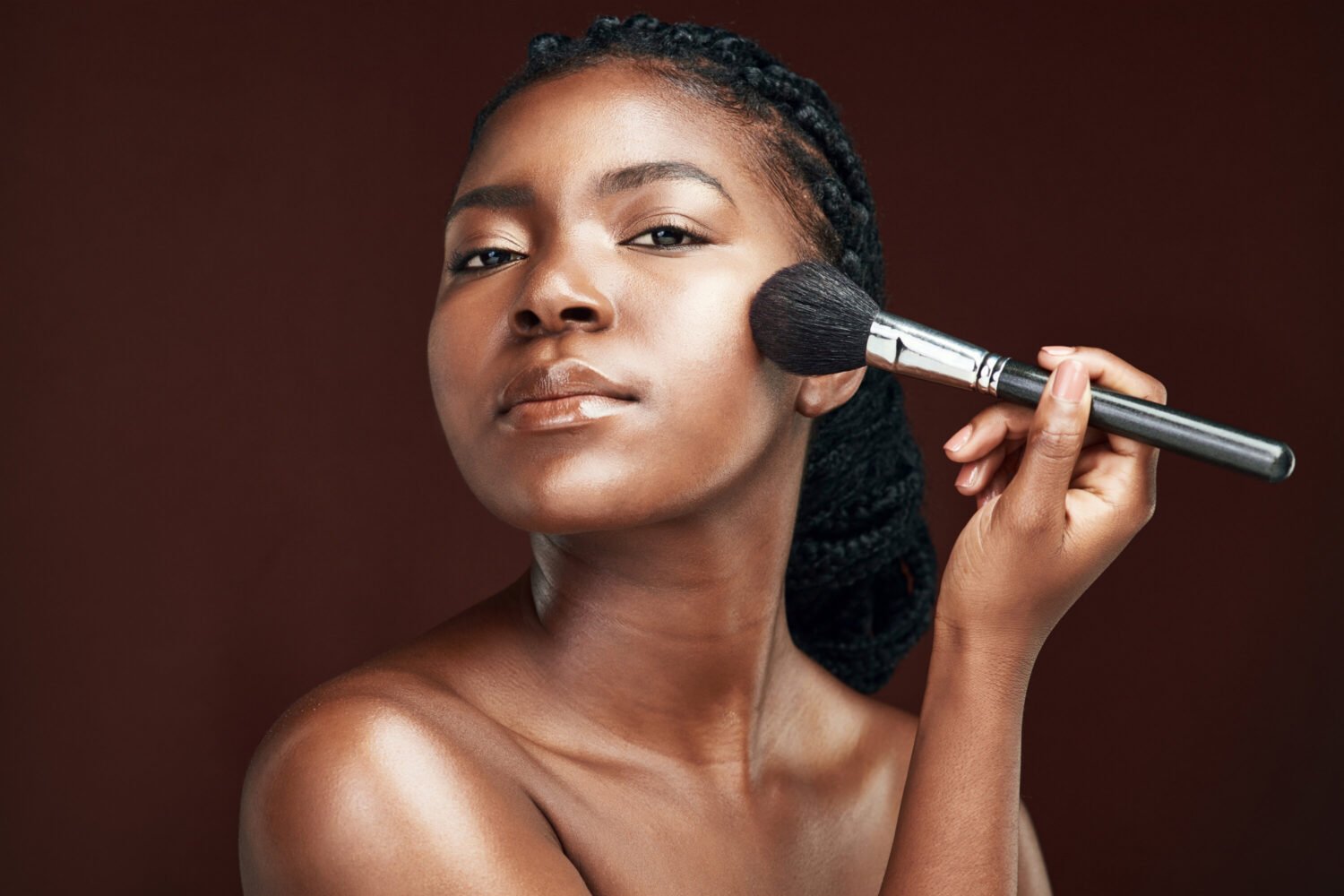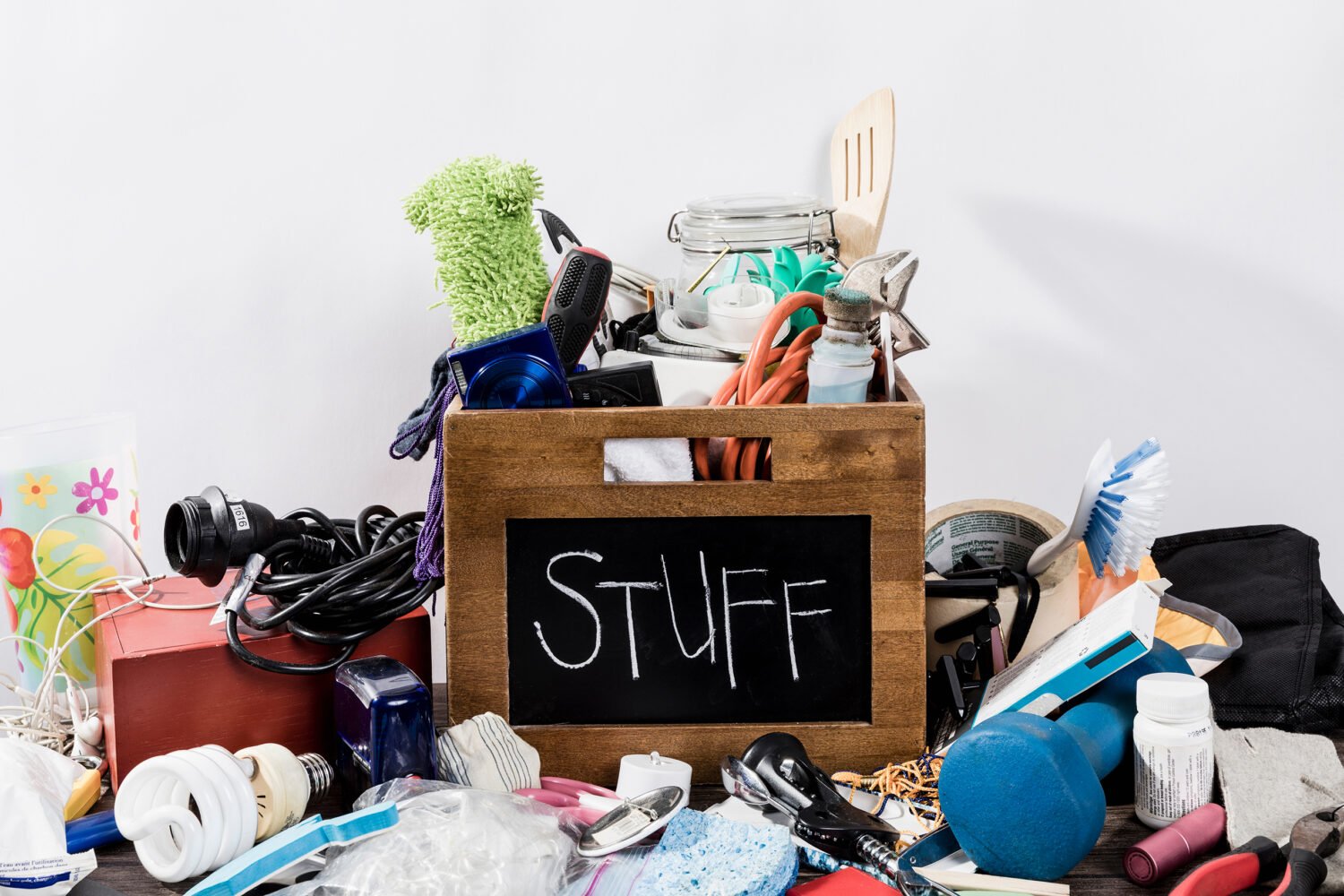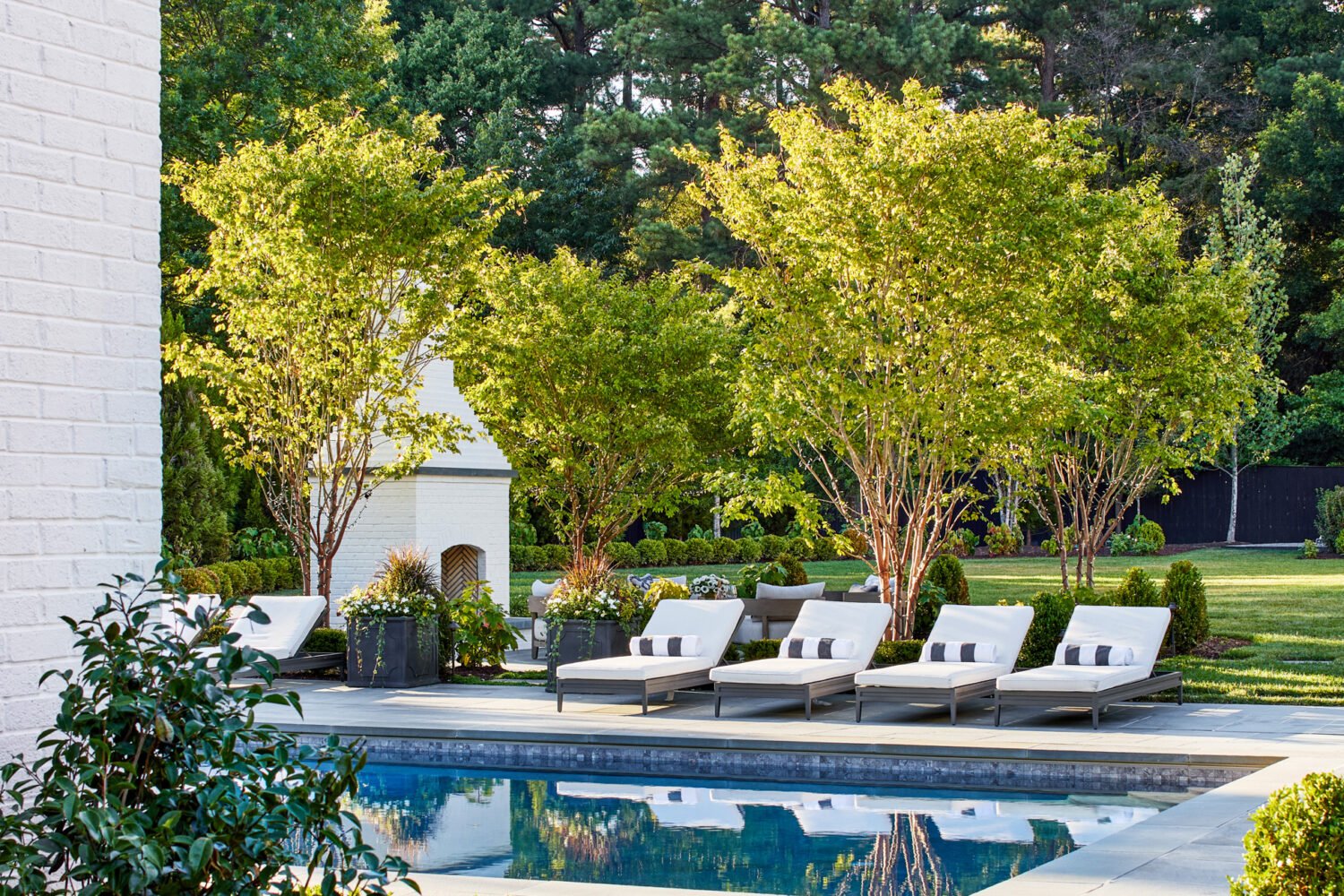Baltimore’s Hilton Carter got his first plant in 2014. In the seven years since, he has added hundreds more ferns, figs, cacti, palms, and other greenery to his collection; written three books about plant styling; attracted more than a half million Instagram followers; designed a line of planters for Target; and become, arguably, the country’s most famous houseplant guru. So if you want to know how to work flora into your decor, he’s your guy. Here’s some of his best advice.

On Why Interiors Need Plants
“First, everyone wants to feel connected to nature. That’s why when we get the opportunity to go on vacation, we leave for a space that has greenery and open sky. Second, plants do a lot of heavy lifting when it comes to making a space feel warm and fresh. They can turn plain walls into a more formed, curved area—they bend corners.”
On Whether You Should Name Your Houseplants
“The first plant I got was a fiddle-leaf fig I named Frank. The reason I named it was so I would be more responsible for the life of that plant. It was a tool that helped me understand how to better care for my plants in the beginning. You don’t have to name all your plants. Just understand you’re dealing with a living thing.”
On What Makes a “Statement” Plant
“Like a statement piece of furniture or art, it’s something that is transformative when you walk into a room. It throws out that instant wow factor. For me, having a really large tree tells people, as soon as they walk into my space, that it’s not a living space you’re used to. I hope it sends the message that we are trying to blur that line of indoor/outdoor.”

On How to Group and Layer Plants
“[Ask yourself:] Where’s the light coming from, and what kind of plants can work in the space? Then we get into what is the color palette of the space and making sure we’re not just creating one shade of green. If you have one leaf on top of another and they’re the same shade, it’s just kind of mush. But if you can bounce a burgundy rubber-tree leaf off your bird of paradise, then there’s a pop of color that’s created.
“All your plants that need [lots of] moisture, like ferns and calatheas, group them so that you remember exactly when to give them water. Or put them in areas with water—put them in kitchens, put them in bathrooms. Put them in places where you can remember to give them that drink.”
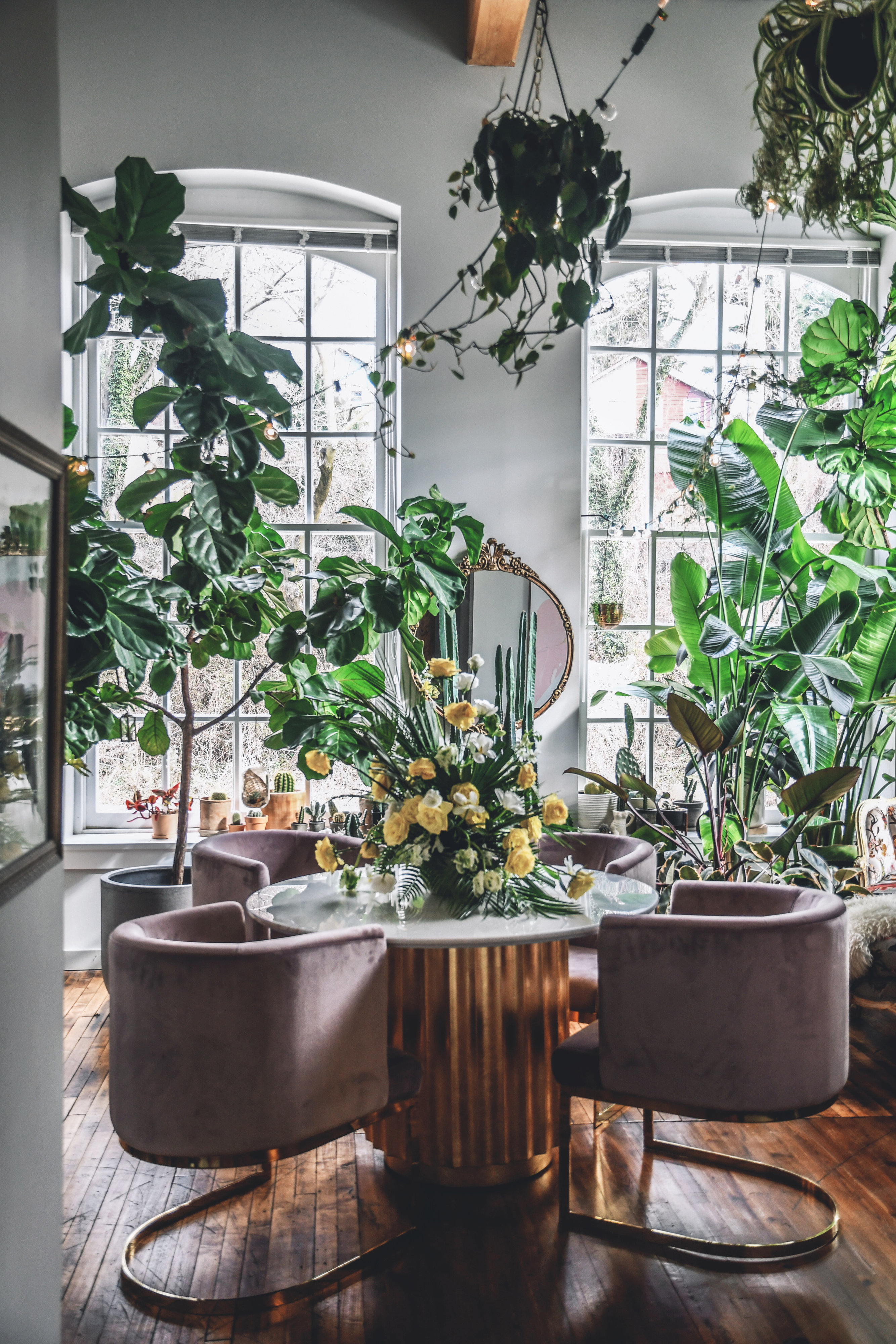
On Choosing the Right Planter
“Drainage holes are one of the things I’ve been screaming for forever. When I got the opportunity [to design a line of planters] with Target, I said, ‘I don’t care what we’re making as long as there are drainage holes!’ You also have to start with what type of material is the planter made of, and what do your plant’s roots want to be in? Let’s say you have a cactus. The cactus wants bone-dry roots. Ceramic-glazed, metal, plastic—those planters are going to hold in moisture. Terra-cotta or clay planters [will not]. Now you can think about design and color.”
On Plants and Happiness
“My process of tending to plants really is so therapeutic. It settles me and gets me to remember what’s important. I’ve found my happiness through the introduction of greenery into my home. It’s the reason I moved to where I moved when I came back to Baltimore from New Orleans. I had 60 plants with me. I needed to find a place that had enough light. Because of that, I found this really awesome loft building. I was placed in an apartment next to this person who would end up being my wife.”
This interview has been edited and condensed.
This article appears in the December 2021 issue of Washingtonian.


